
Here is a list of 10 More Badass Prehistoric Animals.
01. Pelagornis
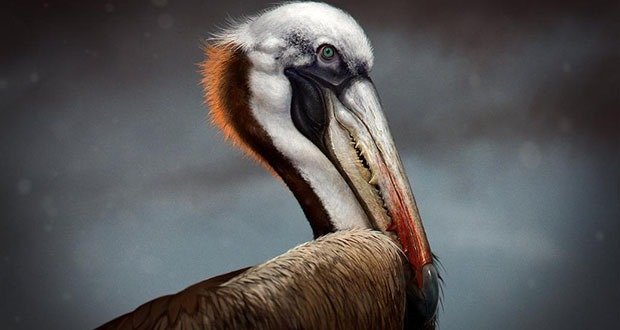
This bird, which is related to modern geese and swans, was once the biggest bird in the world. With a wingspan of 7.4 metres (24 feet), Pelagornis would have been on par with the pterosaurs that existed 42 million years ago. In addition, it has teeth lining its beak, called pseudo-teeth.
02. Dimetrodon
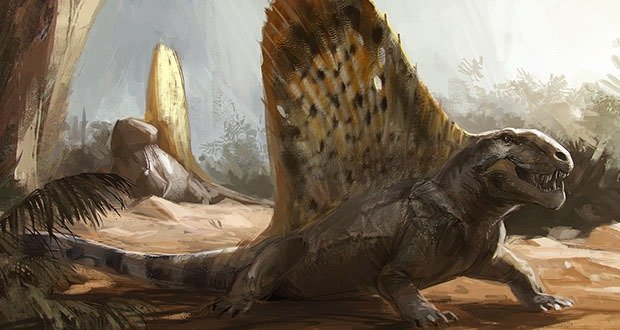
Dimetrodon, which translates to “two measures of teeth,” is a genus of prehistoric synapsids that existed between 295 and 272 million years ago. Dimetrodon was once the largest carnivore on land, with some species reaching lengths of up to 4.6 metres (15 feet). Dimetrodon, sometimes confused for a dinosaur, is actually more closely linked to mammals than reptiles. Furthermore, it existed 40 million years before the earliest dinosaur ever set foot on the planet.
03. Hyneria
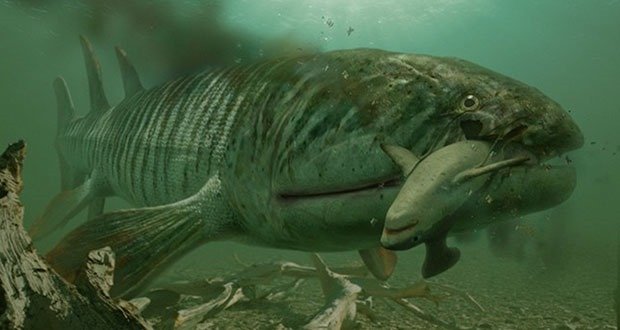
Hyneria was a lobe-finned predatory fish that existed 360 million years ago during the Devonian period. The Northeastern United States’ waters were home to this shark-eating fish. It was one of the largest predators in freshwater environments at the time, measuring 2.5 metres (8.2 feet) in length. Its lower jaw was relatively long and shallow, and its skull featured thick, decorated dermal bones. Its teeth were sturdy, with the premaxilla’s forming fangs.
04. Allosaurus
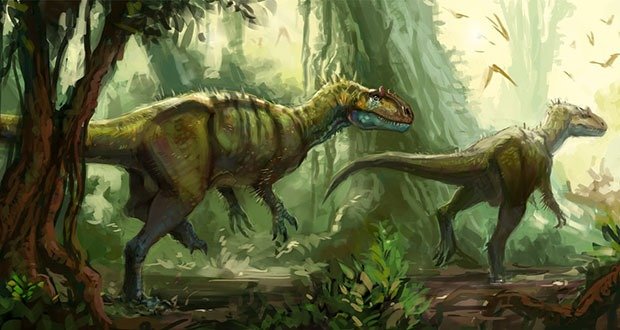
During the late Jurassic period, between 155 and 150 million years ago, a genus of enormous theropod dinosaurs called Allosaurus flourished. Allosaurus translates to “different lizard.” Large and bipedal, Allosaurus was a predator. It has a massive head with many sharp, huge fangs on it. Though there are fragmentary remnants that indicate it may have reached over 12 m (39 ft), it averaged 8.5 m (28 ft) in length. Allosaurus dominated the food chain as the most prevalent huge predator, most likely feeding on other predators as well as giant herbivorous dinosaurs that existed at the same time.
05. Doedicurus
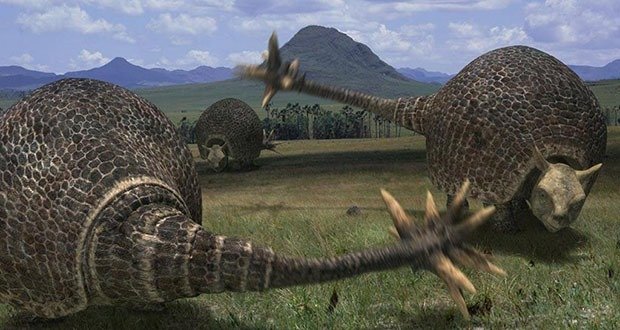
With a length of 4 metres (13 feet), this enormous extinct relative of the armadillo lived barely 78,000 years ago. Doedicurus stood 1.5 metres (5 feet) tall and had an overall length of around 4 metres. Its mass ranged from 1,910 to 2,370 kg. At least in males, the tail featured large knobs or spikes on the end, protected by a flexible sheath of bone. Its employment of a tail club for intraspecific combat was likely more common than its defence against predators. Its name, which translates to “pestle tail,” refers to how it would resemble a pestle if the spikes were removed.
06. Thylacosmilus
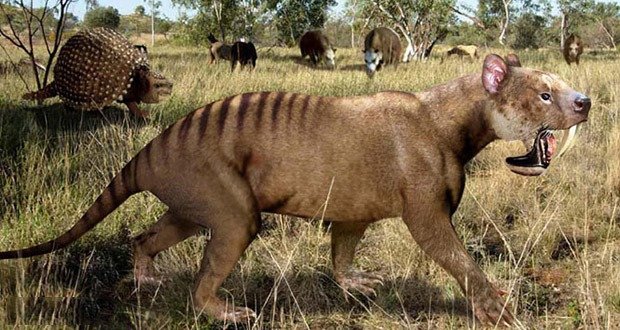
In reality, Thylacosmilus is not a cat. Thylacosmilus’s enormous canines and overall feline appearance give it a lot in common with sabre-toothed cats. However, it’s actually a marsupial, related to kangaroos. Because of how weak its jaws were, it had to rely mostly on its enormous teeth to perform the job.
07. Cretoxyrhina
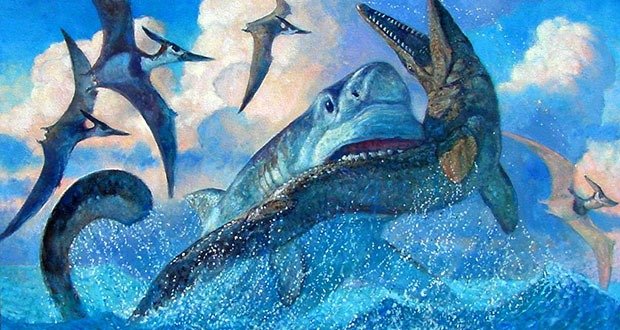
During the mid-Cretaceous epoch, between 100 and 82 million years ago, a gigantic shark known as Cretoxyrhina mantelli existed. Its dagger-sharp teeth allowed it to slice into its prey, earning it the moniker “Ginsu shark” in allusion to the Ginsu knife. North America was divided into three islands during the Cretaceous epoch. Three in all: one each in the east, west, and north. Cretoxyrhina was a saltwater creature that lived inland. The upper jaw of the Ginsu shark had 34 teeth, while the lower jaw had 36 teeth in each row.
08. Beelzebufo
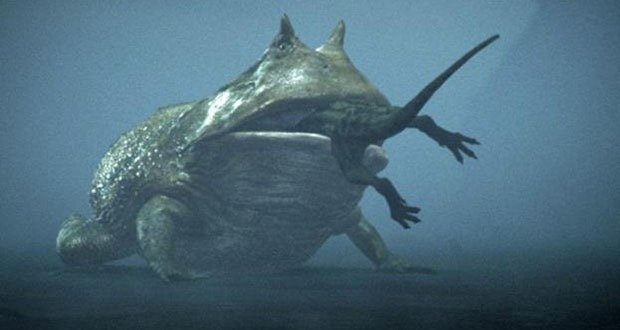
First discovered in 2007, Beelzebufo was a very huge species of prehistoric frog. The frog from hell, the devil toad, and the devil frog are some of the common titles given by the media. Discovered in Madagascar, Beelzebufo fossils date back about 70 million years, to the late Cretaceous epoch. More than any other known living frog, including the largest known species, the goliath frog, which may grow to a maximum size of 32 cm (13 in), the species may have reached over 40 cm (16 in) and 4 kg (9 lb). Beelzebufo was probably a predator that could consume reasonably large amounts of food, possibly even young dinosaurs, thanks to its enormous mouth.
09. Megatherium

A genus of elephant-sized ground sloths native to South America was called Megatherium, meaning “great beast.” Only a few other terrestrial animals, such as mammoths and Paraceratherium, could match its size. Megatherium measured six metres (20 feet) in length and would have weighed over four tonnes, making it as large as modern elephants. While Megatherium is a vegetarian, some people do think that he would have eaten carrion that had been slain by more nimble hunters, such as Phorosracos (Chocobos for Final Fantasy players) and Smilodon, the well-known sabre-toothed cat. The gigantic ground sloth was a dominant species in South America until around 10,500 years ago. The majority attribute its disappearance to the rise in the number of human hunters.
10. Anomalocaris
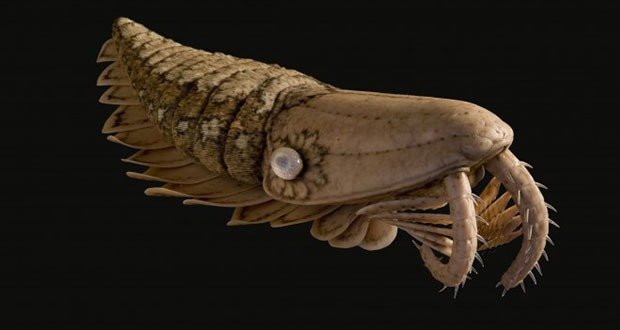
Anomalocaridids, or “Anomalocaris,” are an ancient genus of animals believed to be closely linked to ancestral arthropods. Because anomalocaridids possessed sophisticated eyes, an attribute unknown to other animals in their day, they are recognised as some of the first super-predators in history. Although their eyes may not seem very good to you, 541 million years ago, during the Cambrian period, they were revolutionary. Nor were these animals little. The largest species reached a length of two metres (6 feet).
Read more about the Dinosaurs
Read more about the Top 10 World’s Fastest Animals on Land.
Follow us on social media
